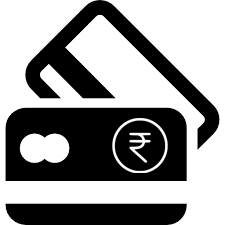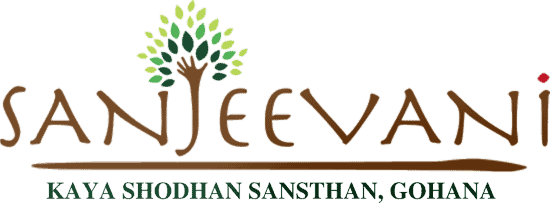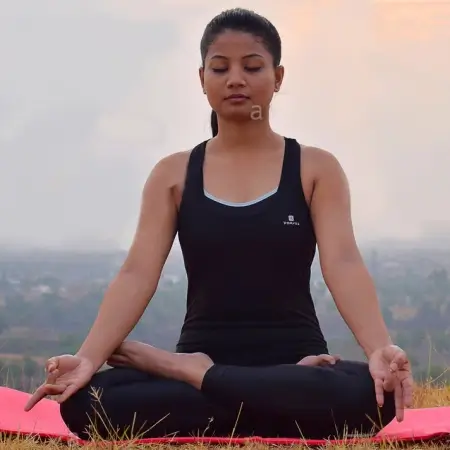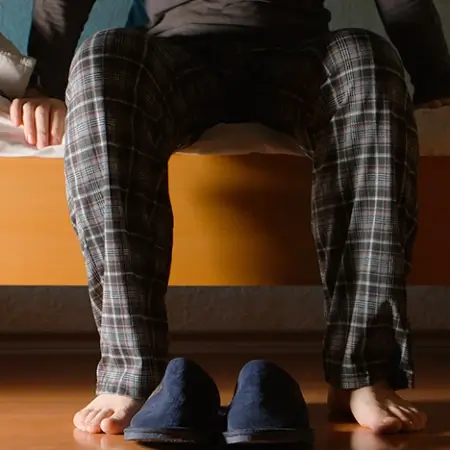
Cause of the Varicose Veins
Lifestyle habits are great contributors to varicose veins. Lifestyle habits are not only limited to what you eat, how you sleep and exercise, but go further down to what you wear, and how you sit. Yes, what you wear has an impact on your blood circulation and may contribute to varicose veins. A majority of women suffer from the varicose veins. The fashion choices of wearing tight jeans and high-heel sandals.add to the problem.
About 20% of Indians suffer from varicose veins. In the younger age group, factors that contribute to varicose veins are:
Lack of exercise
prolonged hours of standing or sitting as the legs point towards the ground. Especially for people with standing or sitting jobs. Their legs hang down for prolonged hours. This includes:

- computer professionals
- Receptionists
- Salesmen in shops
- Security guards
- People working in departmental stores
- Traffic policemen
The overweight middle and older age-groups with little exercise have weakened leg veins. They form into varicose veins. Women suffer four times more than men.
Symptoms
- The venous ulcers can cause the following symptoms:
- Swelling, which is more apparent at the day end.
- Pain (which comes on & off).
- Feeling of Heaviness in the legs
- Dilated or prominent veins in the leg
- Fatigue
- Pigmentation
- Venous ulcer

Why you should take the varicose veins seriously?
The varicose ulcer or the venous ulcer may form at the worse stages. Venous ulcer happens when the veins do not circulate blood back to the heart. The blood remains in the veins and causes pressure on the skin. Eventually, open sores begin to form.
Effects and Worsened Condition
Due to long-standing hours, varicose veins may result in bleeding from the superficial veins. The blood may flow from pinhole-sized sites. Ankles are more prone, but any area that develops high pressure may result in bleeding.
In the later stages of the untreated superficial venous reflux or venous insufficiency, the patient may suffer from Venous Pigmentation or Hemosiderin. This may result in chronic venous hypertension.
Venous stasis dermatitis or venous eczema is a very common inflammatory disease. It is the most serious complication that may occur. It occurs in the lower part of the body and causes venous congestion. Usually, it affects the legs and the ankles. It may show symptoms as:

- Swelling
- Change in texture of the skin and its color
- Pain
Affected are gets itchy and may turn purple, red or brown
Superficial Venous Thrombosis: a blood clot appears near the skin surface. A clot may develop along the vein and may feel swollen or tender or warm because of inflammation.
Deep Vein Thrombosis (DVT) may form in deep veins of the leg. Total blockage of one or more major veins in the leg restricts flood flow return to the heart. This may cause major swelling in the leg.
Pulmonary Embolism: Deep vein may suffer from a clot and can travel to the lung. This may even cause death, if not diagnosed.
The Regular Cures include
- Surgery
- Ligation and stripping
- Sclerotherapy
- Radiofrequency ablation
- Endovenous laser treatment
- Transilluminated powered phlebectomy
Naturopathy Treatment for Varicose veins
- It is best to treat the varicose veins in the early stages. Naturopathic treatment includes remedies as:
- Alternating hot/cold arm foot baths
- Fomentation and Compression Therapy – blanket or flannel compress Therapy
Eating Proper Diet
Low Sodium Diet: A low sodium diet is given at Sanjeevani Kaya Shodhan Sansthan. A lesser amount of salt is used as it retains water. Higher Potassium Diet: Foods high in potassium are encouraged as they reduce water retention. These foods include:

- Almonds
- Lentils and white beans
- Leafy vegetables
Other potassium-rich foods that you may take as per your diet preference at home, include:
- Potatoes
- Pistachio nuts
- Fish- tuna and salmon
Keeping your Bowels Moving
It is important to avoid constipation and have the bowels to function properly. Straining or exerting much pressure may worsen the condition of damaged valves. Enema is given daily to all patients to help cleanse out. You may also avail of colon irrigation that will help to cleanse out your system immediately. It also helps to create regularity in your system. Colon irrigation is not part of the program and may have to be scheduled. To find out the cost of Colon Therapy, click or visit:
Exercising
Sanjeevani- Gohana provides the Yoga session in the morning that would help the blood flow. Additionally, there is the gym that you can avail of and the swimming pool. You can also go biking in the scenic vicinity and explore the Ashram areas. Tennis players are delighted to have access to Professional Tennis courts in the Ashram extended premises.

Massage
Massages are part of the Sanjeevani Ka Shodhan Sansthan’s program. They help to keep the blood moving back to the heart. Also, let the massage therapist know of your condition so they may massage gently. They will avoid a direct impact on the veins as it may hurt the fragile tissue.

Take more Flavonoid Rich Foods
Flavonoid-rich foods help to shrink the varicose veins. These foods are rich antioxidants and help in blood circulation. So the blood does not collect in the veins. They help the arteries and blood vessels to relax.
Flavonoid Rich Foods:
- Vegetables: onions, spinach, bell peppers, and broccoli
- citrus fruits
- Deeply pigmented fruits: grapes, apples, cherries, and blueberries
- garlic
- cocoa

High Fiber Foods are Recommended and Served at Sanjeevani:
- Nuts, seeds, and legumes
- Oats, wheat,
- Whole-grain foods
- Barley
- Millet
- Oatmeal
Other rich-fiber foods that you may take at home include:
- Brown rice
- Buckwheat
- Bulgur (cracked wheat)
- Popcorn.
- Whole-wheat bread, pasta or crackers
Herbal remedies
Ginger is an anti-inflammatory. You may take the extract. The grape extract helps to lessen the swelling in the lower legs. Take Grape Extract ONLY IF you are NOT ON blood thinning medication or it may aggravate the situation and cause bleeding.

Keep your legs elevated
- Keeping the legs at heart level or above, improve circulation. Gravity helps the blood to flow back to the heart.
- Try to keep your leg elevated even if at work.

Wear non-restrictive clothing
- Tight filling clothes restrict blood flow. Wearing looser clothes improves blood circulation. They do not restrict the supply to the lower body.
- Wear flat shoes and avoid high heels.


Sanjeevani Kaya Shodhan Sansthan Goes
online for bookings!
You can now make online payments to make reservations
and book your treatment-stay at Sanjeevani Kaya Shodhan Sansthan

If you have any concerns or queries regarding diseases treated or therapies or your special situation, write your post at Ask The Doctor section
 +91-8607000895
+91-8607000895  Whatsapp
Whatsapp


